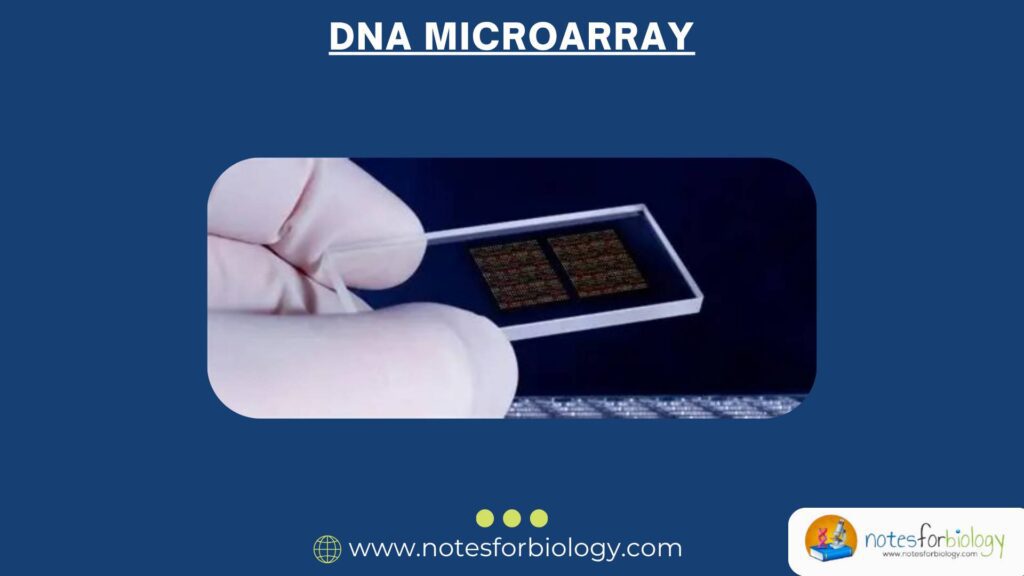What do you mean by Bioremediation?

Bioremediation is a natural process that purges contaminated surroundings by using live creatures, mostly microorganisms. These bacteria have the incredible capacity to convert dangerous contaminants, such as pesticides, heavy metals, and oil spills, into less dangerous or even harmless compounds.
Table of Contents
Imagine living in a dirty, toxic wasteland where animals are poisoned and vegetation are unable to thrive. Imagine now a natural remedy, a force of life able to restore this poisoned land to its natural state as an ecosystem. This is the fundamental idea of it, an effective strategy to combat environmental contamination.
The Essentials of Bioremediation
Through the use of microbes like bacteria and fungi, it utilizes the innate ability of living things to degrade or purify contaminants. These microscopic organisms act as nature’s cleanup crew, converting pollutants into harmless compounds while feasting on pollutants. Consider it a biological recycling process that turns waste materials into resources that can be used.
Various Bioremediation Types
It is not possible to use it in every situation. It includes various methods, each designed to address certain contaminants and environmental circumstances:
Bioaugmentation
The process of adding particular bacteria to a contaminated area is known as “bioaugmentation.” The specialized enzymes found in these “superbugs” enable them to break down contaminants more quickly and effectively than do naturally occurring microorganisms. It is similar to adding an experienced cleanup crew to an already-formed group.
Biostimulation

This method gives bacteria that already exist the nourishment and environment they require to flourish, increasing their activity. See it as providing more nourishment and a cozy workstation to your inherently tidy workforce.
Phytoremediation
Phytoremediation is the process of absorbing, accumulating, or breaking down contaminants using plants. These green warriors purify the surrounding soil and water by acting as organic filters. Certain plants even use their tissues to break down contaminants, turning poisonous waste into innocuous chemicals.
Bioventing

This method raises soil oxygen levels through air injection, which encourages the development of aerobic microorganisms that can degrade contaminants. It’s like a breath of fresh air to help the cleanup personnel perform their jobs more efficiently.
The benefits of bioremediation
With its many benefits, it is a very attractive option for environmental cleanups.
Ecologically Friendly
It reduces the overall environmental footprint by minimizing the use of harsh chemicals and heavy machinery through the use of natural processes.
Cost-Effective
Generally speaking, it is less expensive than conventional cleanup techniques, particularly for larger-scale initiatives.
Long-Term Solution
It helps to develop a self-sustaining system that prevents further contamination by encouraging the growth of beneficial bacteria and plants.
Versatile Applications
Hydrocarbons, heavy metals, pesticides, explosives, and a host of other contaminants can all be addressed by bioremediation.
Bioremediation’s Drawbacks
Bioremediation has several drawbacks in spite of its many benefits:
Time-consuming
Depending on the precise organisms utilized and the type of contamination, bioremediation may take months or even years to produce noticeable results.
Site-Specific
The temperature, moisture content, and nutrient levels of the contaminated site are important factors that affect how efficient bioremediation is.
Restrictions by Pollutant Type
Certain pollutants may not readily biodegrade, and others could need a particular strain of microorganism or a combination of methods to be cleaned up effectively.
Monitoring and Evaluation
In order to verify the process’ efficacy and monitor advancement over time, bioremediation initiatives need to be closely monitored and evaluated.
Bioremediation’s Future
The topic of bioremediation is always changing as scientists look for fresh and creative ways to address environmental problems. The creation of specialized microorganisms with improved pollutant-degrading abilities is being facilitated by developments in genetics, biotechnology, and bioinformatics.
Scientists are also investigating the application of it for resource recovery and sustainable waste management. We can reduce pollution and create a healthier world for future generations by utilizing the ability of living creatures to convert waste into valuable resources.
To sum up, bioremediation presents a viable and sustainable strategy for environmental remediation that has many benefits over conventional approaches. Even though there isn’t a panacea, new developments and research keep making it more efficient and useful. We can give everyone a brighter, more sustainable future by using the power of life.
Frequently Asked Questions(FAQ)
What do you mean by panacea?
A panacea is a treatment or cure for all problems or illnesses. It is frequently used metaphorically to refer to something that seems too good to be true yet is actually said to solve a variety of issues.
What is Monitoring and Evaluation?
Monitoring and Evaluation (M&E) is a systematic and ongoing process used to track the progress, effectiveness, and impact of programs, projects, or initiatives. It involves collecting data, analyzing information, and using the findings to improve performance and achieve desired outcomes.
Related Articles




